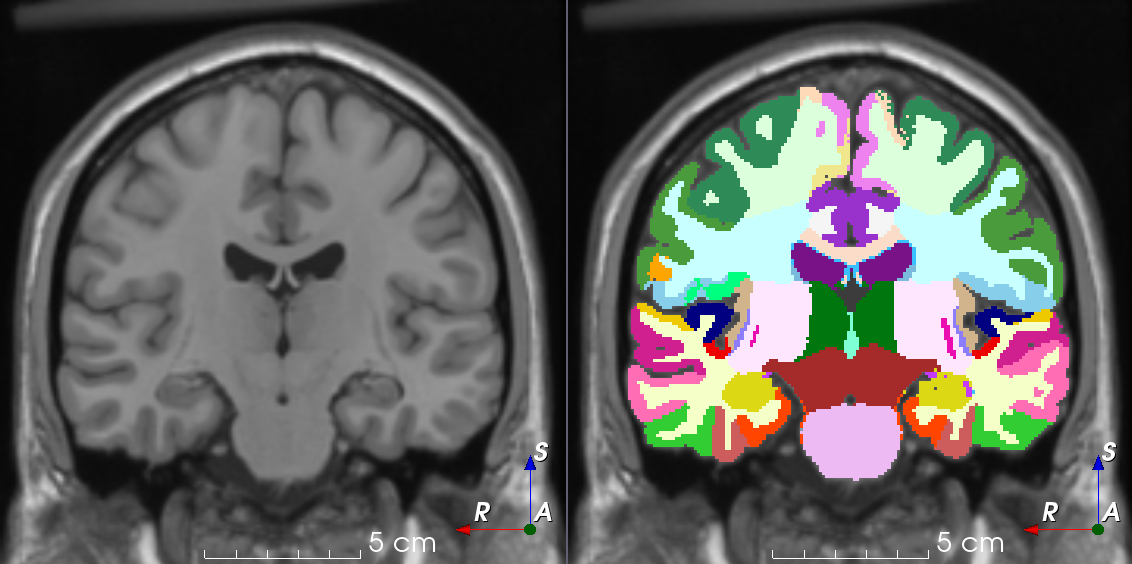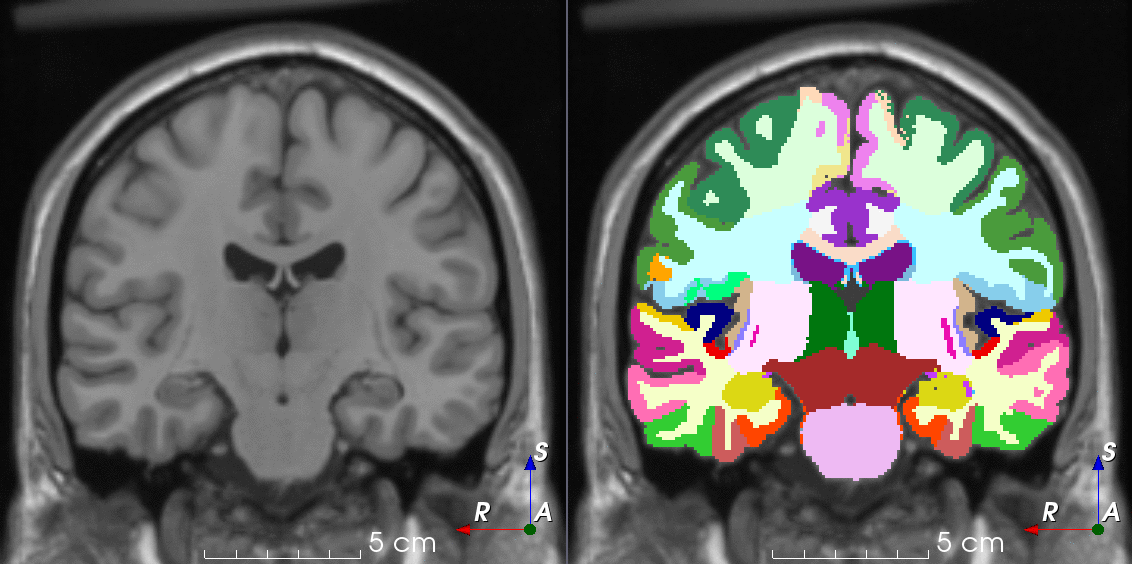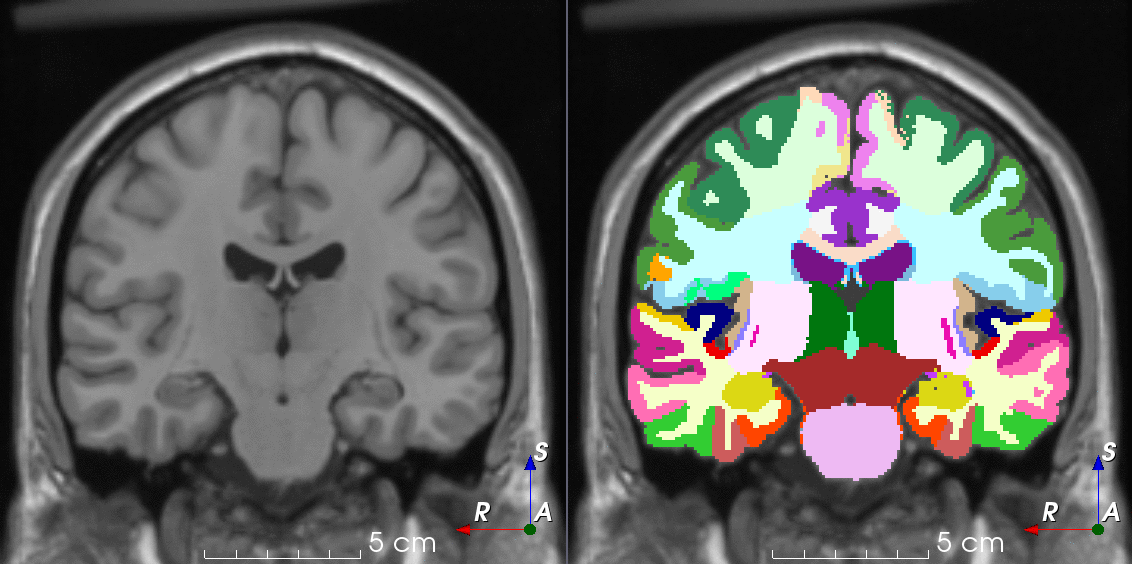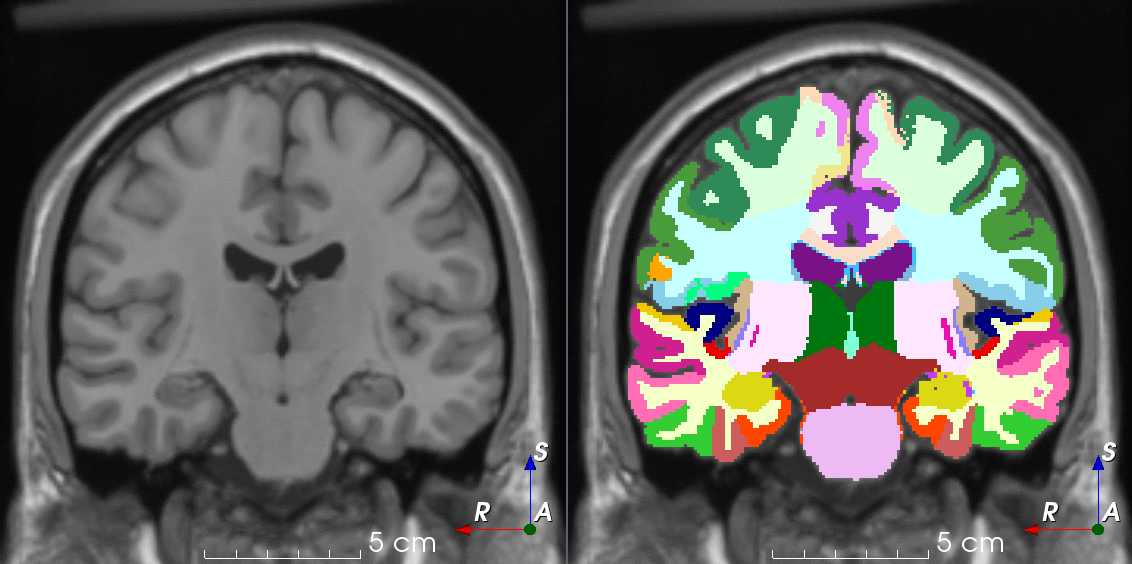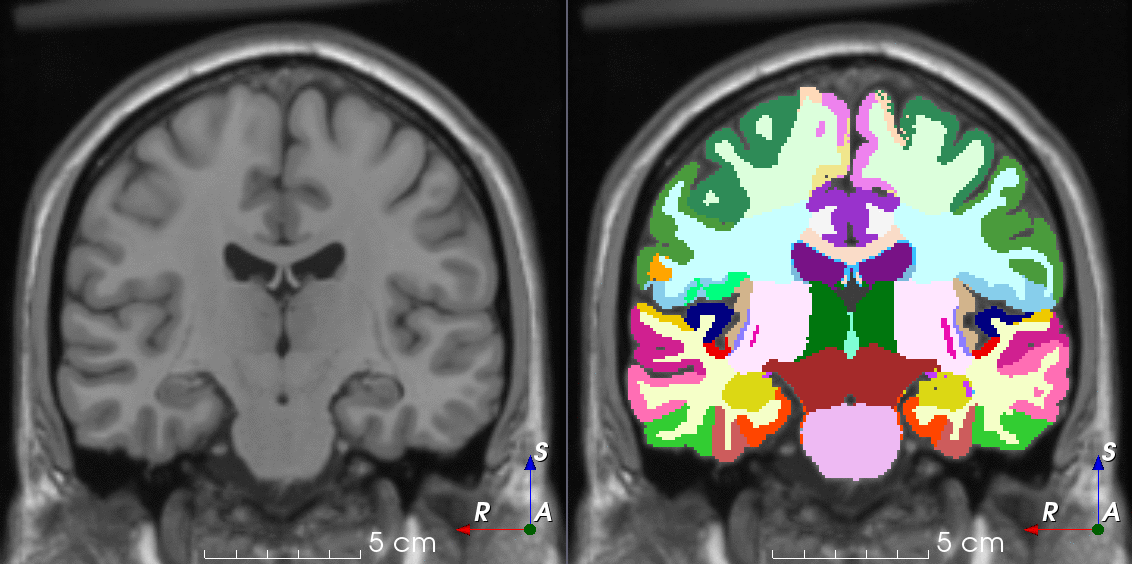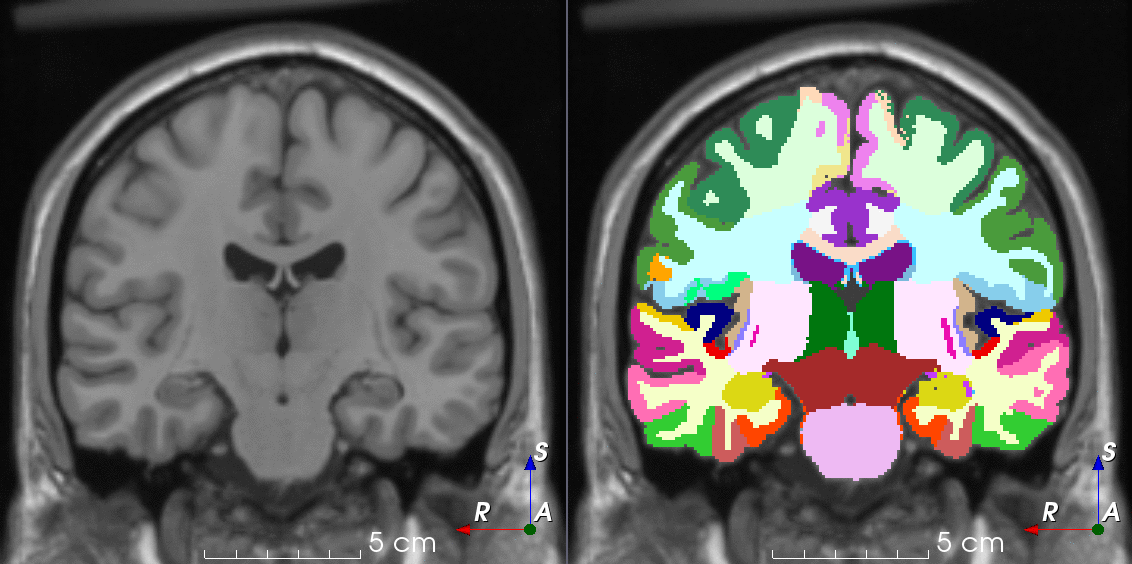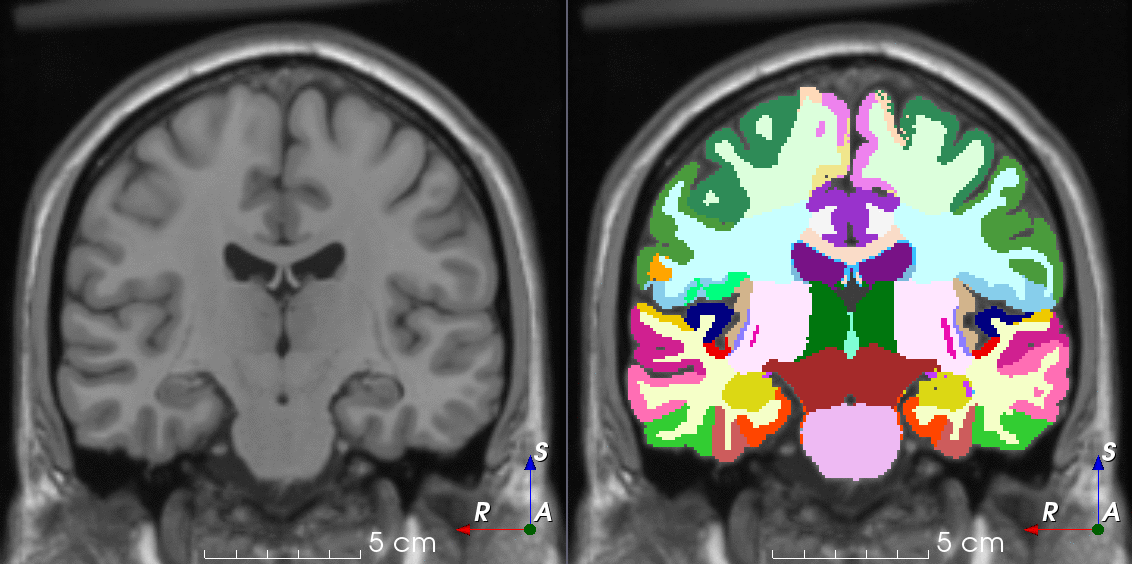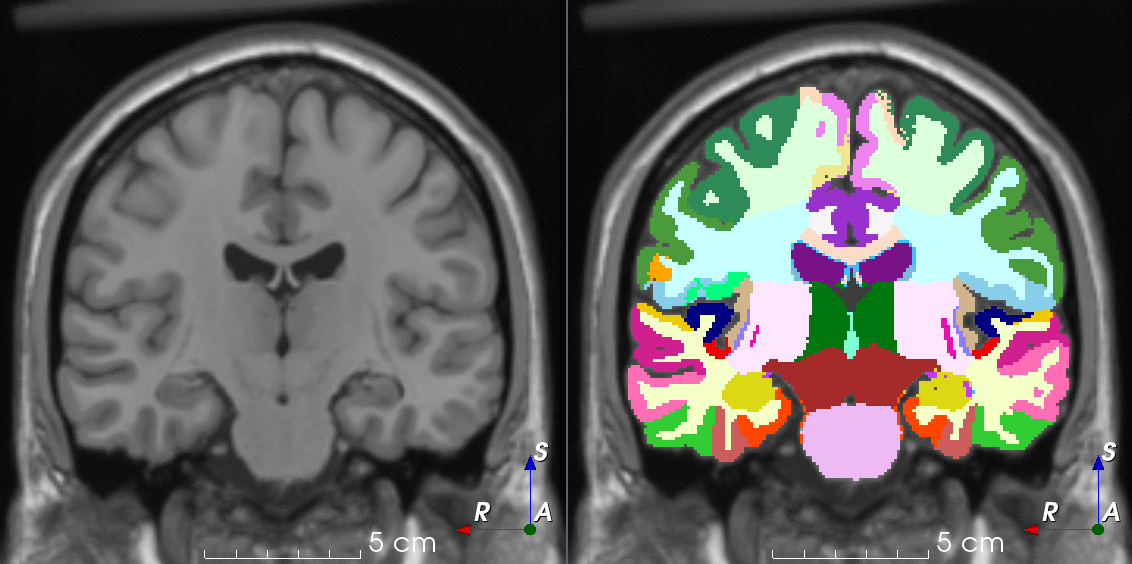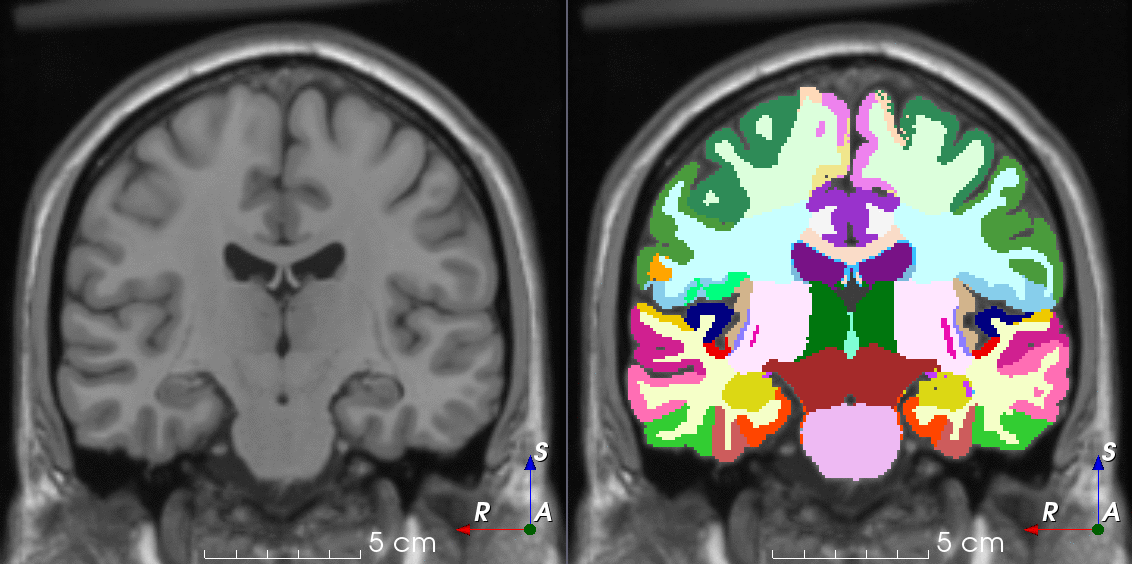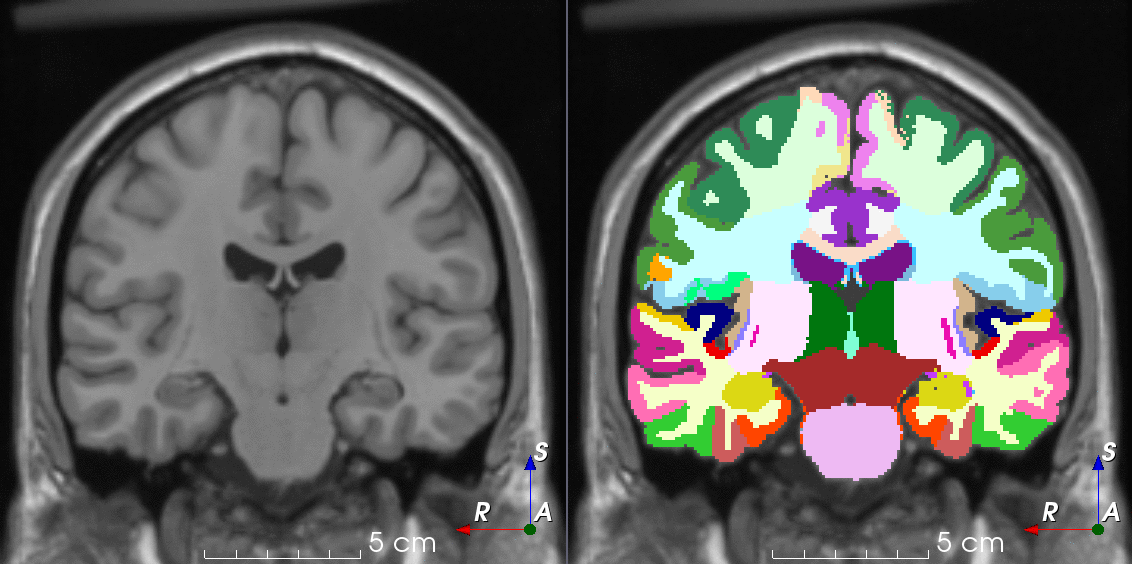See the Credits section below for more information.
Queue for patch-based training: <iframe align="center" style="width: 640px; height: 360px; overflow: hidden;" scrolling="no" frameborder="0" src="https://editor.p5js.org/embed/DZwjZzkkV"></iframe>
TorchIO is a Python package containing a set of tools to efficiently read, preprocess, sample, augment, and write 3D medical images in deep learning applications written in PyTorch, including intensity and spatial transforms for data augmentation and preprocessing. Transforms include typical computer vision operations such as random affine transformations and also domain-specific ones such as simulation of intensity artifacts due to MRI magnetic field inhomogeneity or k-space motion artifacts.
This package has been greatly inspired by NiftyNet.
The documentation is hosted on Read the Docs.
Please create a new issue if you think something is missing.
If you like this repository, please click on Star!
If you use this package for your research, please cite the paper:
BibTeX entry:
@misc{fern2020torchio,
title={TorchIO: a Python library for efficient loading, preprocessing, augmentation and patch-based sampling of medical images in deep learning},
author={Fernando Pérez-García and Rachel Sparks and Sebastien Ourselin},
year={2020},
eprint={2003.04696},
archivePrefix={arXiv},
primaryClass={eess.IV}
}





